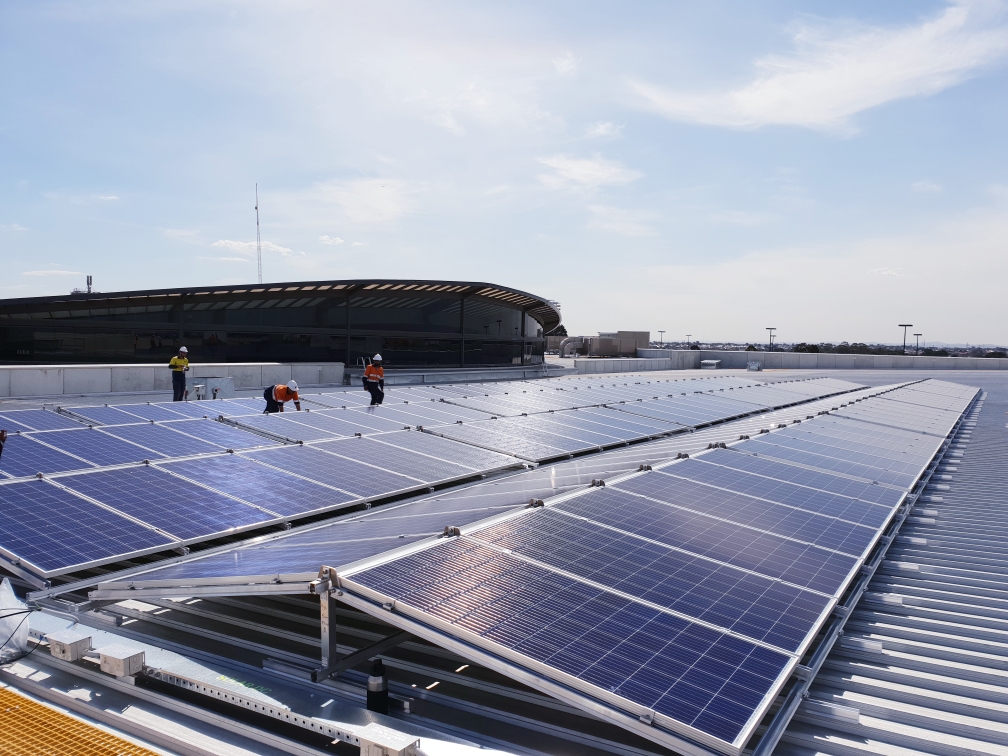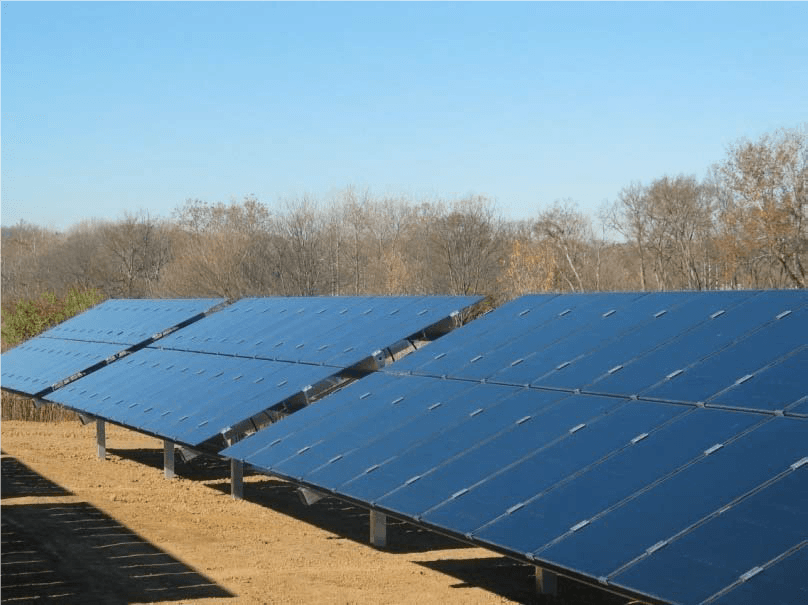With innovations such as bifacial solar
panels, solar windows, and solar shingles, it is certainly an exciting time for
the industry. In today’s fast-paced market, it is important to adapt quickly to
consumer demands. These inventions have been made to tackle efficiency and
aesthetic concerns associated with traditional solar PV installs. For those who
don’t particularly care about the look of their solar system, efficiency is
everything. Bifacial modules collect light from the front and back of the panel
and can yield an additional 10% in electricity production compared to
monofacial modules with concrete or vegetation undercovers, and 30% with a more
reflective undercover. Despite our ability to capture both direct and reflected
sunlight, we are limited in the efficiency of our PV material used today.
The most widely used PV material is
crystalline silicon. Silicon cells utilize a p-n (positive-negative) junction
to drive the flow of electrons. Conventional solar cells only use one p-n
junction and have an efficiency limit known as the Shockley-Queisser limit. For
a single p-n junction in silicon this limit is 32%, which is impossible to
reach due to practical reasons such as reflection and light blockage from the
thin wires required to run across the cell surface. The limit comes from a
variety of factors including recombination of electron-hole pairs, spectrum
losses, and impedance matching. Silicon has a band gap of 1.1 eV, which is the
energy required to excite an electron into a free state so that it can move
through the material and contribute to electrical current. This means that any
photons from the sun with less energy than the band gap will not create a free
electron, including radio waves, microwaves, and most infrared photons. Any
photons with more energy than the band gap will create a free electron with
high energy but most of the energy will be lost through heat as the electron
moves through the cell. These spectrum losses account for a staggering 52%
reduction in the amount of sun energy that can be converted into electricity.
So, what can be done about the
confusingly inefficient, yet most widely used material for solar PV energy
production? There is hope, stemming from some of the most cutting-edge research
with semiconductors. There are various thin film solar cells such as cadmium
telluride (CdTe) or gallium arsenide (GaAs) that have proven their worth with
high efficiencies. CdTe gives silicon a run for its money on a cost/watt basis,
but cadmium is toxic, and telluride is not very abundant. There are also multijunction
cells that aim to tap into the portion of the spectrum that single junction
cells cannot by using layers of materials with varying band gaps. Quantum dot
solar cells have been getting a lot of attention as you can tune their band
gaps to certain levels to capture the desired spectrum. However, they still
lack in efficiency and need much more research to get where they need to be for
practical use.
Perhaps one of the most promising
emerging solar PV materials is the perovskite solar cell. Perovskites are a
crystal comprised of an organic molecule, a metal, and a halogen. These are
found in nature, but a synthetic perovskite has been created with inorganic
atoms and an organic polymer. Contrary to silicon fabrication techniques, this
technology can be made at low temperatures and does not require a glass cover.
A pure perovskite cell now has an efficiency of 24% and a silicon-perovskite
cell has an efficiency of 28% compared with the 25% of a solely silicon cell.
While this is exciting news, there is a lot of work that needs done to make
these advanced solar cells commercially viable. As solar power generation
becomes more prevalent in our society, we need to continue to seek out better
ways of implementing it. With value deflation occurring in areas with an
abundance of solar, another install may not always be the solution. Value
deflation is not happening everywhere, but a few million dollars in advanced PV
research could eventually result in an enormous payback in our fight against
fossil fuel reliance.

